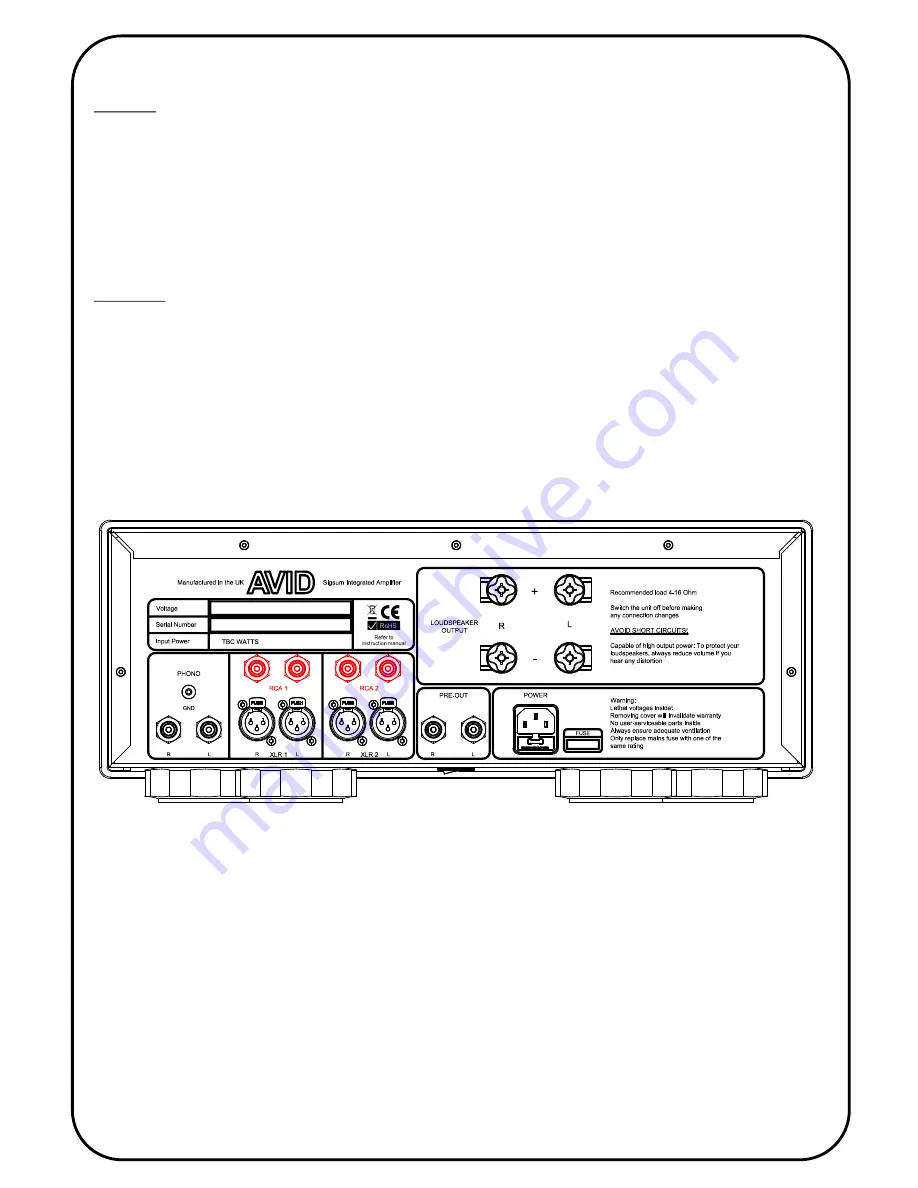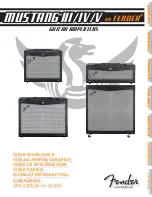
7
Resistance
Normally, the ideal aim is to match the amplifiers input impedance to that of the cartridge, this will ensure maximum signal
transfer, and minimise noise (hiss) —however, if you do not have this information (remember you can check the
manufacturer’s website), you can safely experiment with any of the possible values—again, tune by ear to get the most
pleasing sound.
Most MM cartridges are 47k, high output MC cartridges also tend to benefit from a high resistance setting, however low
output MC cartridges are invariably low impedance, suggesting a low resistance setting. Please experiment with this setting,
as the minor adjustments can make worthwhile improvement to the overall performance.
Capacitance
The effect of the capacitance setting is most obvious at high frequencies, but can be quite subtle. The values chosen are
affected by the design of cartridge, but also but the connecting cables—so there is no absolutely correct setting, and
experimentation is recommended until you find a setting that suits your set
-
up and personal preference.
Low impedance designs tend to be largely unaffected by capacitance settings, but high impedance designs, and especially MM
cartridges can be greatly affected. Start by okaying a selection of tracks you know well and adjust the setting until you find one
where you feel the best balance of detail and musicality are achieved.
LINE INPUT
The Sigsum has Four line inputs: two Balanced and two Unbalanced— which you choose depends on your source equipment,
but if you have the choice, we recommend using Balanced. These are referred to as Line Level inputs, and can be used to
connect to any standard piece of audio equipment, such as CD, Media Streamer, or FM/DAB Tuner.
Unbalanced
The unbalanced inputs make use of the two pairs of RCA connectors immediately above the three pin XLR sockets—these
sockets are labelled RCA 1 and RCA 2.


































